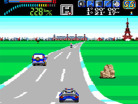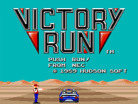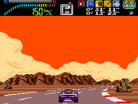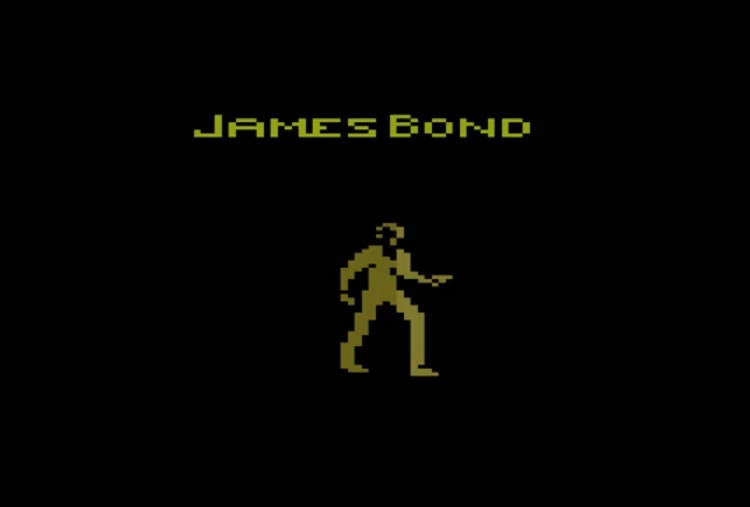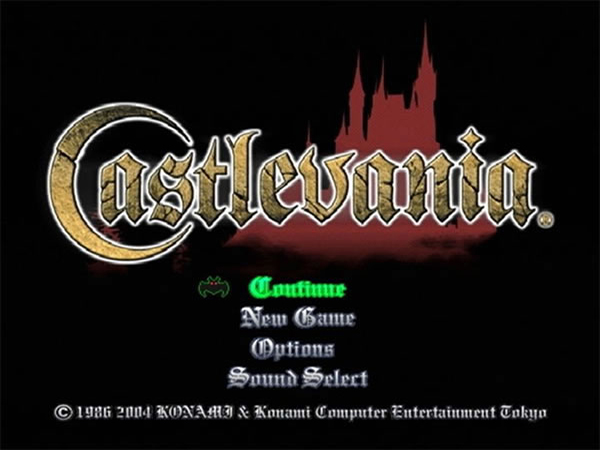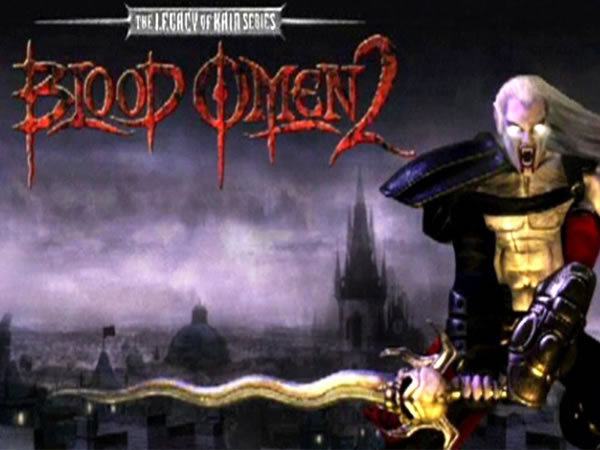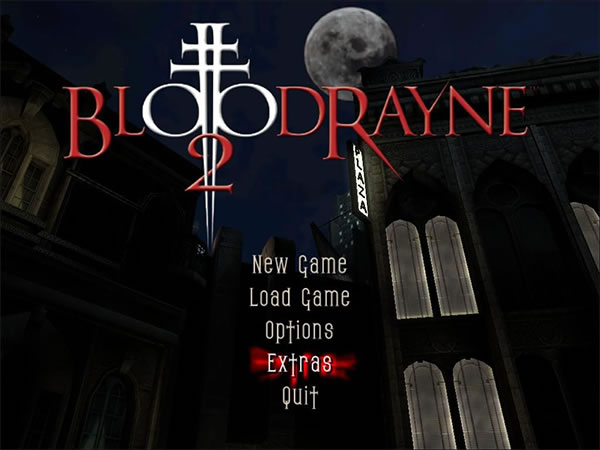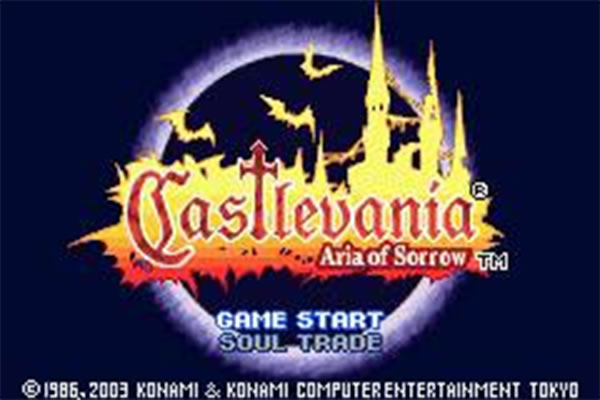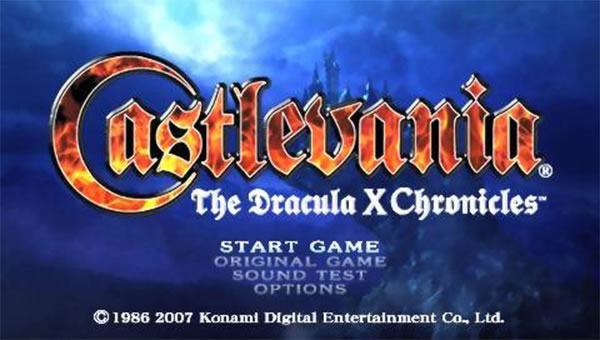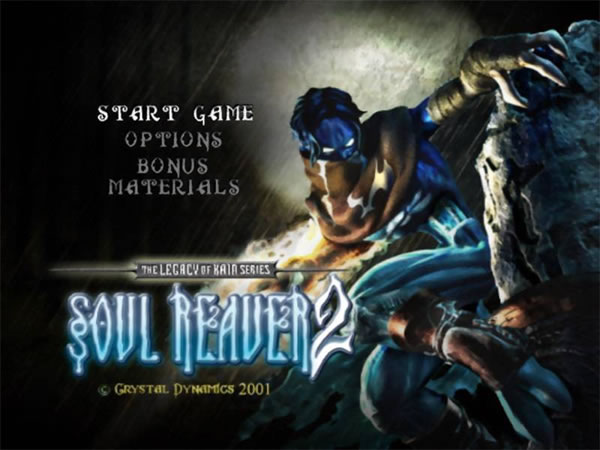- CLASSIC MAGAZINES
- REVIEW CREW
A show recapping what critics thought back
when classic games first came out! - NEXT GENERATION'S BEST & WORST
From the worst 1-star reviews to the best
5-stars can offer, this is Next Generation! - NINTENDO POWER (ARCHIVE)
Experience a variety of shows looking at the
often baffling history of Nintendo Power! - MAGAZINE RETROSPECTIVE
We're looking at the absolutely true history of
some of the most iconic game magazines ever! - SUPER PLAY'S TOP 600
The longest and most ambitious Super NES
countdown on the internet! - THEY SAID WHAT?
Debunking predictions and gossip found
in classic video game magazines! - NEXT GENERATION UNCOVERED
Cyril is back in this spin-off series, featuring the
cover critic review the art of Next Generation! - HARDCORE GAMER MAGAZING (PDF ISSUES)
Download all 36 issues of Hardcore Gamer
Magazine and relive the fun in PDF form!
- REVIEW CREW
- ELECTRONIC GAMING MONTHLY
- ELECTRONIC GAMING MONTHLY RANKS
From Mario to Sonic to Street Fighter, EGM
ranks classic game franchises and consoles! - ELECTRONIC GAMING MONTHLY BEST & WORST
Counting down EGM’s best and worst reviews
going year by year, from 1989 – 2009! - ELECTRONIC GAMING BEST & WORST AWARDS
11-part video series chronicling the ups and
downs of EGM’s Best & Worst Awards!
- ELECTRONIC GAMING MONTHLY RANKS
- GAME HISTORY
- GAME OVER: STORY BREAKDOWNS
Long-running series breaking down game
stories and analyzing their endings! - A BRIEF HISTORY OF GAMING w/ [NAME HERE]
Real history presented in a fun and pithy
format from a variety of game historians! - THE BLACK SHEEP
A series looking back at the black sheep
entries in popular game franchises! - INSTANT EXPERT
Everything you could possibly want to know
about a wide variety of gaming topics! - FREEZE FRAME
When something familiar happens in the games
industry, we're there to take a picture! - I'VE GOT YOUR NUMBER
Learn real video game history through a series
of number-themed episodes, starting at zero! - GREAT MOMENTS IN BAD ACTING
A joyous celebration of some of gaming's
absolute worst voice acting!
- GAME OVER: STORY BREAKDOWNS
- POPULAR SHOWS
- DG NEWS w/ LORNE RISELEY
Newsman Lorne Riseley hosts a regular
series looking at the hottest gaming news! - REVIEW REWIND
Cyril replays a game he reviewed 10+ years
ago to see if he got it right or wrong! - ON-RUNNING FEUDS
Defunct Games' longest-running show, with
editorials, observations and other fun oddities! - DEFUNCT GAMES QUIZ (ARCHIVE)
From online quizzes to game shows, we're
putting your video game knowledge to the test!- QUIZ: ONLINE PASS
Take a weekly quiz to see how well you know
the news and current gaming events! - QUIZ: KNOW THE GAME
One-on-one quiz show where contestants
find out if they actually know classic games! - QUIZ: THE LEADERBOARD
Can you guess the game based on the classic
review? Find out with The Leaderboard!
- QUIZ: ONLINE PASS
- DEFUNCT GAMES VS.
Cyril and the Defunct Games staff isn't afraid
to choose their favorite games and more! - CYRIL READS WORLDS OF POWER
Defunct Games recreates classic game
novelizations through the audio book format!
- DG NEWS w/ LORNE RISELEY
- COMEDY
- GAME EXPECTANCY
How long will your favorite hero live? We crunch
the numbers in this series about dying! - VIDEO GAME ADVICE
Famous game characters answer real personal
advice questions with a humorous slant! - FAKE GAMES: GUERILLA SCRAPBOOK
A long-running series about fake games and
the people who love them (covers included)! - WORST GAME EVER
A contest that attempts to create the worst
video game ever made, complete with covers! - LEVEL 1 STORIES
Literature based on the first stages of some
of your favorite classic video games! - THE COVER CRITIC
One of Defunct Games' earliest shows, Cover
Critic digs up some of the worst box art ever! - COMMERCIAL BREAK
Take a trip through some of the best and
worst video game advertisements of all time! - COMIC BOOK MODS
You've never seen comics like this before.
A curious mix of rewritten video game comics!
- GAME EXPECTANCY
- SERIES ARCHIVE
- NINTENDO SWITCH ONLINE ARCHIVE
A regularly-updated list of every Nintendo
Switch Online release, plus links to review! - PLAYSTATION PLUS CLASSIC ARCHIVE
A comprehensive list of every PlayStation
Plus classic release, including links! - RETRO-BIT PUBLISHING ARCHIVE
A regularly-updated list of every Retro-Bit
game released! - REVIEW MARATHONS w/ ADAM WALLACE
Join critic Adam Wallace as he takes us on a
classic review marathon with different themes!- DEFUNCT GAMES GOLF CLUB
Adam Wallace takes to the links to slice his way
through 72 classic golf game reviews! - 007 IN PIXELS
Adam Wallace takes on the world's greatest spy
as he reviews 15 weeks of James Bond games! - A SALUTE TO VAMPIRES
Adam Wallace is sinking his teeth into a series
covering Castlevania, BloodRayne and more! - CAPCOM'S CURSE
Adam Wallace is celebrating 13 days of Halloween
with a line-up of Capcom's scariest games! - THE FALL OF SUPERMAN
Adam Wallace is a man of steel for playing
some of the absolute worst Superman games! - THE 31 GAMES OF HALLOWEEN
Adam Wallace spends every day of October afraid
as he reviews some of the scariest games ever! - 12 WEEKS OF STAR TREK
Adam Wallace boldly goes where no critic has
gone before in this Star Trek marathon!
- DEFUNCT GAMES GOLF CLUB
- DAYS OF CHRISTMAS (ARCHIVE)
Annual holiday series with themed-episodes
that date all the way back to 2001!- 2015: 30 Ridiculous Retro Rumors
- 2014: 29 Magazines of Christmas
- 2013: 29 Questionable Power-Ups of Christmas
- 2012: 34 Theme Songs of Christmas
- 2011: 32 Game Endings of Christmas
- 2010: 31 Bonus Levels of Christmas
- 2009: 30 Genres of Christmas
- 2008: 29 Controls of Christmas
- 2007: 34 Cliches of Christmas
- 2006: 33 Consoles of Christmas
- 2005: 32 Articles of Christmas
- 2004: 31 Websites of Christmas
- 2003: 29 Issues of Christmas
- 2002: 28 Years of Christmas
- 2001: 33 Days of Christmas
- NINTENDO SWITCH ONLINE ARCHIVE
- REVIEW ARCHIVE
- FULL ARCHIVE
Victory Run
When the TurboGrafx-16 first launched there wasn't a big demand for racing games. And why should there have been? None of the consoles of that era were equipped with the technology needed to run a solid 3D racing game and it's hard to get people excited about a 2D overhead racer. But NEC bucked the trend, they decided to release a 3D racing game right alongside the TurboGrafx-16. Unfortunately Victory Run is hardly a shining example of what a good racing game is, but if you can get past a few of its quirks you will find that this is a solid racer that has a lot of personality and enough replay to keep you coming back for more.
Victory Run is yet another one of those early generation racers that only allows for one player at a time, it's a Cruisin' USA-style arcade racer that has you going from point A to point B while dodging cars and everything on the sides of the road. Since the TurboGrafx-16 was unable to recreate a realistic 3D effect, Victory Run is plagued with an old school scaling effect that is a little hard on the eyes (especially if you're used to today's racing games). But don't worry, the system's lack of scaling isn't as big of a problem as you might think, and Victory Run demonstrates that you can make a worthwhile game even if you don't have the best technology to work with.
The game balances the arcade and simulation aspects by giving you a choice as to what parts of your car (brakes, steering, tires, etc.) you want to upgrade. Once you've customized your car it's off to the races. This game is split into several different checkpoints, each of which you have to race in a certain amount of time. Make it and you're off to the next level, miss that time and it's game over for you.
Oddly enough you don't have a choice between automatic or manual, this game requires you to manually change gears, which is done by pushing UP and DOWN on the control pad. This isn't that big of a deal, but it would have been nice for them to have given me a choice in the matter. Thankfully it's easy to get used to the somewhat strange control scheme, so the only problems will be from other vehicles and turns.
This isn't a game with enormous production values. The graphics are mostly functional, though the scenery is generally vibrant with some nice touches on the side (though not subtle, day-night changes throughout the courses). The turns can be tough to gauge, and traffic seems to show up specifically when you are making them. In addition, vehicles frequently change lanes as you approach, making race-stopping wipe outs sometimes impossible to avoid. There is also a fair amount of memorization needed to succeed, due to certain obstacles approaching far too quickly to avoid if you didn't know they were coming. The audio clues, such as the squeal of your tires too fast around a bend or the high revved engine in need of a gear shift, are well implemented and assist the game play.
The biggest problem with this game is that the technology just can't hold up to the ambition. Had this game been done in polygons or using the Super Nintendo's Mode 7 capabilities it would have scored higher, but the 3D in this game is simply a disaster. That's not to say that you can't work around it, but without any multiplayer modes and a very limited single player race it's hard to be too excited about this game. Victory Run is a solid racing game for the TurboGrafx-16, but if you are used to the modern day racers this is one title you should definitely avoid. I want to like this game, but there's just too much in the way for me to have a good time.
Victory Run is yet another one of those early generation racers that only allows for one player at a time, it's a Cruisin' USA-style arcade racer that has you going from point A to point B while dodging cars and everything on the sides of the road. Since the TurboGrafx-16 was unable to recreate a realistic 3D effect, Victory Run is plagued with an old school scaling effect that is a little hard on the eyes (especially if you're used to today's racing games). But don't worry, the system's lack of scaling isn't as big of a problem as you might think, and Victory Run demonstrates that you can make a worthwhile game even if you don't have the best technology to work with.
The game balances the arcade and simulation aspects by giving you a choice as to what parts of your car (brakes, steering, tires, etc.) you want to upgrade. Once you've customized your car it's off to the races. This game is split into several different checkpoints, each of which you have to race in a certain amount of time. Make it and you're off to the next level, miss that time and it's game over for you.
Oddly enough you don't have a choice between automatic or manual, this game requires you to manually change gears, which is done by pushing UP and DOWN on the control pad. This isn't that big of a deal, but it would have been nice for them to have given me a choice in the matter. Thankfully it's easy to get used to the somewhat strange control scheme, so the only problems will be from other vehicles and turns.
This isn't a game with enormous production values. The graphics are mostly functional, though the scenery is generally vibrant with some nice touches on the side (though not subtle, day-night changes throughout the courses). The turns can be tough to gauge, and traffic seems to show up specifically when you are making them. In addition, vehicles frequently change lanes as you approach, making race-stopping wipe outs sometimes impossible to avoid. There is also a fair amount of memorization needed to succeed, due to certain obstacles approaching far too quickly to avoid if you didn't know they were coming. The audio clues, such as the squeal of your tires too fast around a bend or the high revved engine in need of a gear shift, are well implemented and assist the game play.
The biggest problem with this game is that the technology just can't hold up to the ambition. Had this game been done in polygons or using the Super Nintendo's Mode 7 capabilities it would have scored higher, but the 3D in this game is simply a disaster. That's not to say that you can't work around it, but without any multiplayer modes and a very limited single player race it's hard to be too excited about this game. Victory Run is a solid racing game for the TurboGrafx-16, but if you are used to the modern day racers this is one title you should definitely avoid. I want to like this game, but there's just too much in the way for me to have a good time.
HOME |
CONTACT |
NOW HIRING |
WHAT IS DEFUNCT GAMES? |
NINTENDO SWITCH ONLINE |
RETRO-BIT PUBLISHING
Retro-Bit |
Switch Planet |
The Halcyon Show |
Same Name, Different Game |
Dragnix |
Press the Buttons
Game Zone Online | Hardcore Gamer | The Dreamcast Junkyard | Video Game Blogger
Dr Strife | Games For Lunch | Mondo Cool Cast | Boxed Pixels | Sega CD Universe | Gaming Trend
Game Zone Online | Hardcore Gamer | The Dreamcast Junkyard | Video Game Blogger
Dr Strife | Games For Lunch | Mondo Cool Cast | Boxed Pixels | Sega CD Universe | Gaming Trend
Copyright © 2001-2025 Defunct Games
All rights reserved. All trademarks are properties of their respective owners.
All rights reserved. All trademarks are properties of their respective owners.






